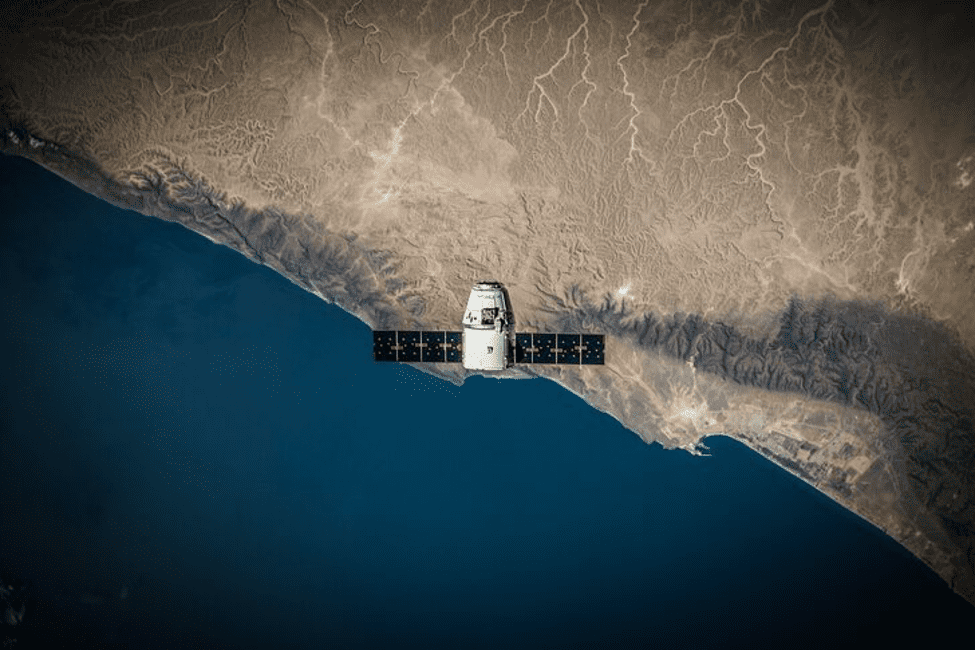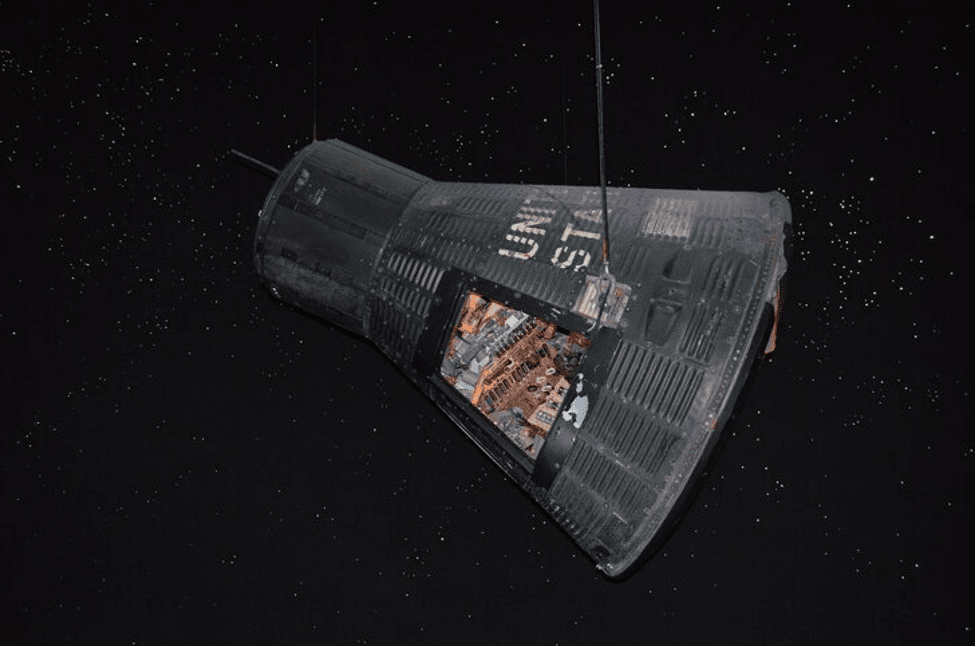For years, scientists have worried about what would happen if a killer asteroid came dangerously close to the Earth and threatened a deadly impact. But now it seems that experts have finally come up with a possible solution.

SpaceX/Unsplash | Scientists believe satellites can prove to be the Earth’s shield against asteroids
Experts have gone through all sorts of theories and alleviation plans, from destroying such an asteroid with rockets to exploding it with nukes, or even tethering multiple asteroids at the same time. But scientists from Airbus commissioned by ESA have a brand-new plan. They believe that sacrificing the satellites that are already there in space and using them as a shield for the orbit will help in deflecting killer rocks away from earth.
Today's precautions can work as tomorrow's remedy
With the help of some coordination, the satellites that are up and running in space as of now could be enough to save tomorrow's apocalyptic situation, if any. The sky is already getting extremely overcrowded with numerous constellations and smaller satellites, but unfortunately, they won't be enough to stop or fight a killer asteroid. Instead, heavy-duty satellites that are used for television broadcasts and telecommunications would be better suited.

Jeremy Straub/Unsplash | Heavy-duty satellites typically used for television broadcasts are best suited for the purpose
That’s not to say that the current satellites would be of no use though. Without a doubt, they could be redirected to form some sort of a shield, but it would be more helpful if the satellites that are being developed currently were equipped with tech and capabilities to act as a stronger defense even before they're launched into orbit.
Albert Falke, Airbus project leader, spoke to Space.com and revealed that new satellites that are to be used by telecommunication platforms are not only large and heavy, but are being built with extremely high frequencies. That means we can definitely count on them when the right time comes.
In order to execute an Earth-saving mission in orbit, such large and heavy satellites would need to be installed with special modules that allow communication in deep space. Additionally, they’ll need to be equipped with map reading capabilities that'll be needed to approach the target asteroid. But these models are yet to be developed, tested, and kept on standby for use in an emergency, so there are a lot of ‘ifs’ and ‘buts’ to be tackled.

Creative Commons | To execute an Earth-saving mission in space, satellites will have to be equipped with direction reading modules
Final thoughts
Falke states that we still need to have rock-solid plans on how to make such a deflection module work efficiently and put it on the telecommunications platform. Once that’s done, we need to perform very quick qualification tests and study the activity closely before positioning this deviation system on the launch pad.








